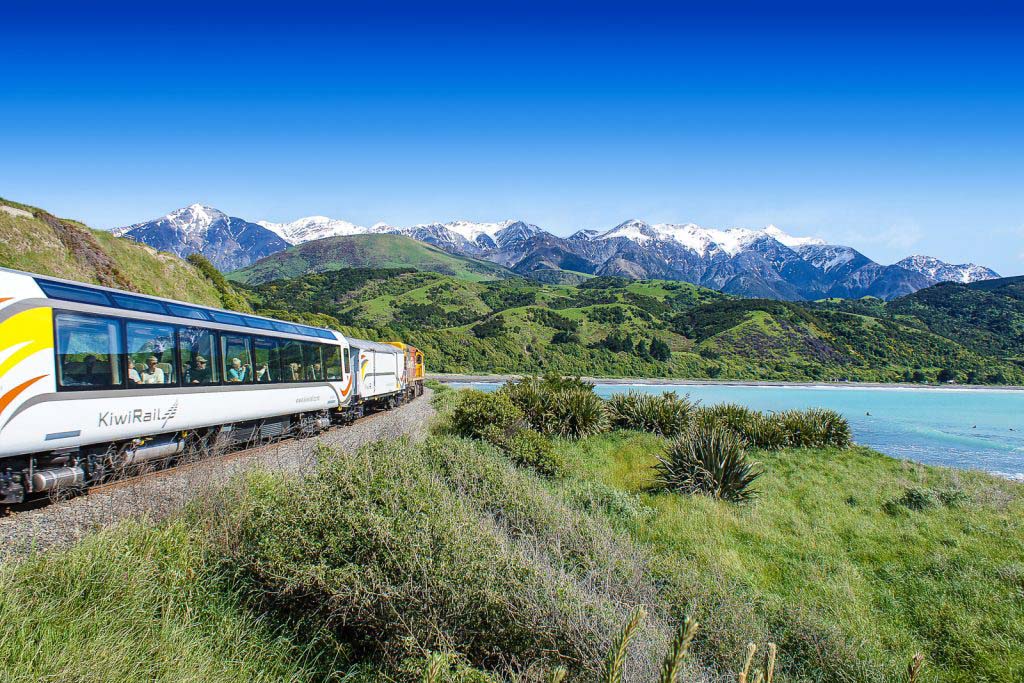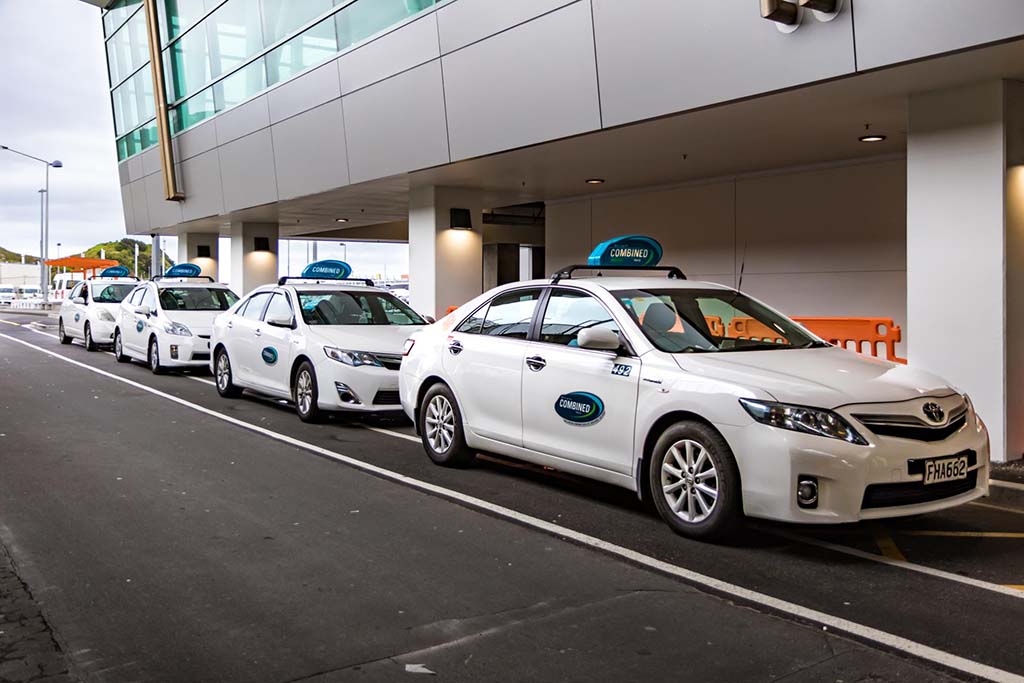I understand the importance of efficient and reliable transportation when exploring a new city. During my recent visit to Wellington, New Zealand’s capital city, I was impressed by the diverse range of transportation options available to residents and visitors alike. Join me as I take you on a detailed journey through the various modes of transportation in Wellington, including their features, pros and cons, and essential tips for navigating the city with ease.
1. Public Bus
One of the most convenient and affordable ways to get around Wellington is by using the public bus system operated by Metlink. With an extensive network of routes covering the entire city and its surrounding suburbs, buses offer easy access to popular attractions, shopping districts, and residential areas.
Features:
Wellington’s bus system boasts an extensive route network that blankets both the city and its surrounding suburbs. With frequent services, particularly on major routes, commuters can rely on timely transportation throughout the day. The buses themselves are equipped with modern amenities like air conditioning and wheelchair accessibility, ensuring a comfortable ride for all passengers. Moreover, affordability is a key advantage, with discounted fares available for children, students, and seniors. Travelers can stay updated on schedules and track buses in real-time via the Metlink website and mobile app.
Pros:
For budget-conscious travelers, the bus system offers a cost-effective mode of transportation. It also provides access to areas that may not be served by other forms of public transit, expanding mobility options for residents and visitors alike. Plus, there’s no hassle with parking or navigating unfamiliar streets, making bus travel a stress-free choice.
Cons:
However, like any urban transportation system, buses are susceptible to traffic congestion, particularly during peak hours, which can lead to delays. Additionally, adverse weather conditions or road closures may disrupt schedules, causing inconvenience for passengers.
Tips for Riding the Bus:
To maximize your bus experience, plan your journey in advance using the Metlink website or mobile app to find the most convenient route and schedule. Ensure you have the exact fare ready or utilize a Snapper card for cashless payments. When waiting for the bus, stand at designated stops and signal the driver clearly when you wish to board. During busy times, expect crowded buses and consider traveling outside of peak hours if feasible. These simple tips can enhance your bus travel experience in Wellington.
2. Wellington Cable Car
A distinctive emblem of Wellington’s cityscape, the Wellington Cable Car seamlessly blends practicality with tourism allure. Linking Lambton Quay in the heart of the city to the suburb of Kelburn, this cable car journey offers not only a means of transportation but also an immersive experience into Wellington’s captivating vistas.
Features:
Embarking on the Wellington Cable Car promises a scenic voyage, treating passengers to awe-inspiring panoramas of Wellington and its harbor. Operating at intervals of approximately 10 minutes, the cable car shuttles passengers from Lambton Quay to Kelburn, making stops at notable attractions such as the Wellington Botanic Garden and the Cable Car Museum. Furthermore, it prides itself on accessibility, providing designated spaces onboard for wheelchair users.
Pros:
The Wellington Cable Car presents an ideal blend of convenience and spectacle, serving as both a practical transport option and a tourist magnet. For visitors, it offers a distinctive sightseeing escapade, unveiling Wellington’s splendor from a unique vantage point. Crucially, it sidesteps the arduous ascent between Lambton Quay and Kelburn, making the journey both efficient and enchanting.
Cons:
Despite its charms, the Wellington Cable Car grapples with limitations, particularly in capacity, especially during peak tourist seasons when demand soars. Additionally, its fares tend to be higher compared to alternative public transit modes, which may deter budget-conscious travelers. Moreover, its route confines travel options to destinations along the cable car’s path, limiting its utility for reaching destinations beyond.
Tips for Riding the Cable Car:
To ensure a smooth journey aboard the Cable Car, secure your tickets from the ticket office at Lambton Quay or opt for the convenience of a Snapper card for contactless payment. To avoid lengthy queues, particularly during peak hours or weekends, plan to arrive early. For an unparalleled viewing experience, aim for a window seat to soak in the panoramic vistas. Lastly, stay informed about operating hours, as the cable car may suspend services for maintenance or in inclement weather conditions.
3. Train Travel in Wellington

Wellington’s train network stands as a pillar of convenient and efficient transportation, bridging the city center with its surrounding suburbs. Operated under the umbrella of Metlink, this network not only caters to the daily commuters shuttling between home and work but also beckons to explorers venturing into the wider Wellington region.
Features:
Diverse lines crisscross Wellington’s landscape, each bearing passengers to distinct destinations like the Kapiti Line, Hutt Valley Line, and Johnsonville Line. Regular services punctuate the day, ensuring a seamless flow of departures. Within the carriages, passengers find respite in spacious seating, cooled by air conditioning, and facilitated by onboard restrooms. Furthermore, accessibility provisions cater to passengers with disabilities, offering ramps and designated seating areas. Real-time schedule updates via the Metlink website and app keep passengers informed.
Pros:
For those traversing longer distances, the train emerges as a swift and dependable option. It extends access to locales beyond the reach of other modes of public transit, enriching the connectivity of the region. The comfort afforded by ample seating and amenities is particularly appreciated during lengthier journeys.
Cons:
Despite its merits, the train network grapples with constraints. Its coverage, while comprehensive, pales in comparison to the ubiquitous reach of the bus network, leaving certain areas less accessible. Moreover, the specter of delays or cancellations looms, often attributed to track maintenance or signal malfunctions. For select routes, higher fares relative to buses may deter some travelers.
Tips for Riding the Train:
To embark on a hassle-free train journey, peruse the timetable beforehand to pinpoint the most opportune departure times. Procure tickets from the vending machines at train stations or opt for the convenience of a Snapper card for touchless transactions. Arriving early at the station, particularly during peak periods, ensures a smooth boarding process. Remain attentive to announcements and electronic displays for real-time updates on train movements. Armed with these insights, passengers can navigate Wellington’s train network with ease and efficiency.
4. Walking and Cycling in Wellington
For those eager to explore Wellington at a leisurely pace while embracing an active lifestyle, walking and cycling emerge as quintessential choices. With a well-crafted network of pedestrian-friendly pathways and dedicated cycle lanes, navigating the city by foot or bike becomes an enticing adventure.
Features:
Wellington’s charm is amplified by its wide sidewalks and pedestrian crossings that weave seamlessly through the city center and neighboring districts. Cyclists, too, are catered to with dedicated lanes, providing a safe haven from vehicular traffic. The city’s scenic waterfront promenades and verdant green spaces offer idyllic settings for leisurely strolls or invigorating bike rides. For visitors without their own bikes, rental services abound, ensuring accessibility for all.
Pros:
As an environmentally conscious and sustainable mode of transport, walking and cycling embody Wellington’s eco-friendly ethos. These modes afford travelers the freedom to uncover hidden gems and local delights at their own pace, fostering a deeper connection with the city’s vibrant culture and breathtaking scenery.
Cons:
Despite their allure, walking and cycling are inherently limited to shorter distances within the city center and immediate environs. Venturing further afield or reaching destinations on the outskirts may prove impractical. Moreover, inclement weather, be it rain or gusty winds, can dampen the comfort and safety of these activities.
Tips for Walking and Cycling:
Equipped with the right attire, including comfortable footwear and weather-appropriate clothing, walkers and cyclists can embark on their urban odyssey with confidence. Adhering to traffic signals and displaying courtesy towards fellow pedestrians, cyclists, and motorists fosters a harmonious coexistence on shared pathways and roads. Cyclists navigating bustling streets and intersections should exercise caution and prioritize safety by donning helmets. For an enriched experience, consider availing guided walking tours or cycling routes offered by local tour operators, adding depth to your exploration of Wellington’s captivating tapestry. With these pointers in mind, walkers and cyclists can savor Wellington’s delights while embracing an active lifestyle.
5. Taxi and Ride-Sharing Services in Wellington

For travelers in pursuit of convenience and flexibility, Wellington’s abundant taxi and ride-sharing services stand as reliable companions. Whether you’re in need of a swift transfer to your lodging or a safe ride home post-evening escapades, these services offer seamless door-to-door transport, day or night.
Features:
Taxis, readily hailed curbside or pre-booked via phone or mobile apps, form the backbone of Wellington’s transport infrastructure. Additionally, ride-sharing giants like Uber and Lyft have established a presence in the city, furnishing travelers with on-demand rides at competitive rates. Ensuring passenger safety, licensed drivers undergo rigorous background checks and vehicle inspections. For passengers with mobility needs, wheelchair-accessible vehicles are readily available upon request.
Pros:
The allure of taxis and ride-sharing services lies in their unparalleled convenience and adaptability, particularly during late-night excursions or jaunts to locales beyond public transit’s grasp. Offering a cocoon of comfort and privacy, these services cater seamlessly to individuals and small groups alike. Moreover, their commitment to accessibility ensures inclusivity for passengers with disabilities.
Cons:
Despite their merits, taxis and ride-sharing services grapple with drawbacks. Elevated fares, particularly during peak hours or bustling periods, may deter budget-conscious travelers. Availability, too, wavers in certain locales, especially during off-peak hours or in remote suburbs. Surge pricing, a common practice during periods of high demand, can inflate fares for ride-sharing services.
Tips for Using Taxi and Ride-Sharing Services:
Savvy travelers maximize their journey by canvassing fares and availability across various taxi companies and ride-sharing platforms, securing the most economical option. For early morning or late-night travels, pre-booking ensures a hassle-free experience, particularly amidst bustling periods. Prior to embarking, confirm your ride-sharing driver’s identity and cross-reference vehicle details for added security. Clear communication with your driver, coupled with fare confirmation, mitigates misunderstandings and fosters a smooth journey.
With these insights in tow, travelers can navigate Wellington’s bustling streets with ease, harnessing the convenience and flexibility of taxi and ride-sharing services to enrich their urban adventures.
If you want to know more about the flight to Wellington, you can look through here.
Wellington offers a diverse range of transportation options to suit every traveler’s needs and preferences. Whether you prefer the convenience of public buses, the scenic views of the cable car, or the flexibility of taxis and ride-sharing services, navigating the city is a breeze with these reliable transportation choices. By following the essential tips outlined above, you can explore Wellington with confidence and ease, ensuring a memorable and hassle-free travel experience in New Zealand’s vibrant capital city.
